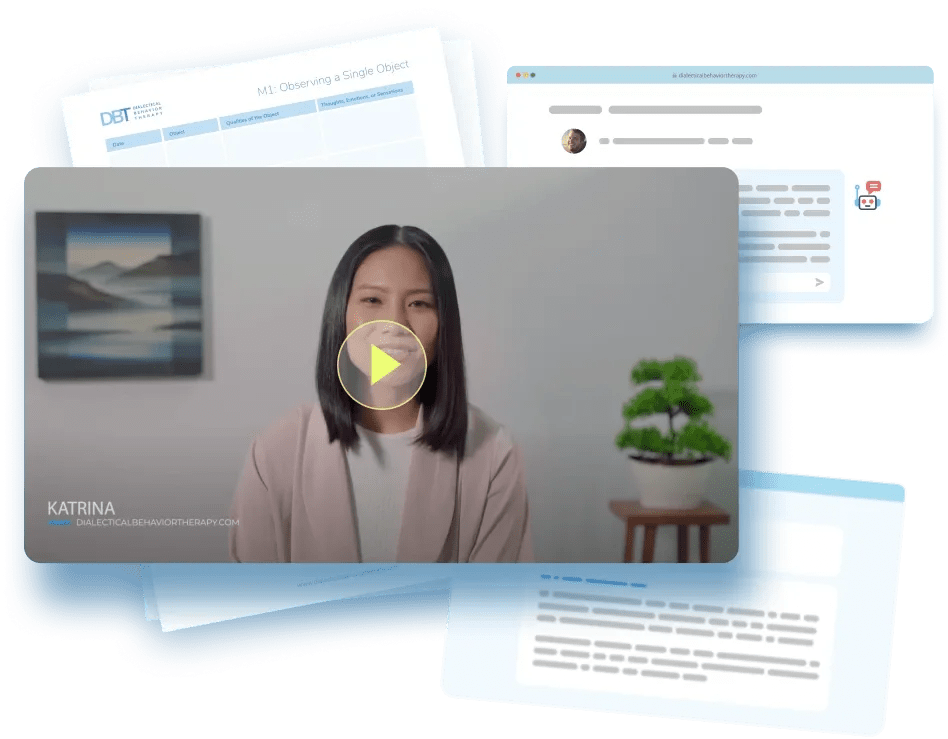PR9: Self-Compassion Break
Virtual Coach
Work step-by-step through the Problem-Solving, Coping & Relapse-Prevention exercise with the virtual coach.
Introduction
Problem-solving skills, stress management techniques, and structured goals help you move forward when life gets difficult. Tools like the Five-Step Problem Solver and the SMART Goal Sheet focus on what to do next. But how you talk to yourself along the way matters just as much. Building a kinder inner voice is essential for staying motivated, handling setbacks, and reducing relapse risk.
Harsh self-criticism is gasoline on anxiety, depression, and relapse triggers. Studies show that people who score higher on self-compassion, treating themselves with the same warmth they’d offer a friend, bounce back faster from setbacks, persevere longer on hard tasks, and report lower rumination rates. The three-step Self-Compassion Break (Neff, 2003) takes about 60 seconds and can be slipped in whenever you catch a jab of “I’m such an idiot.”
Instructions
Goal: Practice a full break 3 times a day (twice planned, once in-the-moment) for 14 days.
Time per break: 30–90 seconds
1. Mindfulness
Acknowledge what’s happening. Name the feeling or event.
Suggested phrase: “This is stress.” / “That comment stung.”
Pro-tip: Use a calm, factual tone.
2. Common Humanity
Remind yourself you’re not alone. Struggle is universal.
Suggested phrase: “Others feel this too.”
Pro-tip: Picture one friend who’d ‘get it.’
3. Self-Kindness
Place a hand on your chest or cheek. Speak to yourself like you would to a dear friend.
Suggested phrase: “May I be kind to myself right now.”
Optional addition: “May I take a breath and move forward.”
Daily Routine
Morning rehearsal: Run the break while thinking about a mild annoyance (e.g., traffic, chores).
Evening rehearsal: Repeat using a recent success (“I handled that email well”) to link self-kindness to positive moments.
Live use: Deploy anytime self-criticism reaches 4/10 or higher.
Log each use on your worksheet: record time, trigger, and distress 0–10 before and after.
FAQs
Isn’t self-compassion the same as self-pity?
No. Pity isolates (“poor me”); self-compassion connects you to the shared human experience and motivates constructive action.
I feel silly talking to myself out loud.
Whisper or say it silently; touch + wording, not volume, produces the soothing response.
What if kindness lets me off the hook?
Data show self-compassion increases personal responsibility by reducing shame paralysis (Neff et al., 2020).
Can I use a different gesture?
Any soothing touch works, hand on heart, arms crossed in a hug, gentle neck rub. The body cue matters.
Disclaimer
If you have any behavioral health questions or concerns, please talk to your healthcare or mental health care provider. This article is supported by peer-reviewed research and information drawn from behavioral health societies and governmental agencies. However, it is not a substitute for professional behavioral health advice, diagnosis, or treatment.

